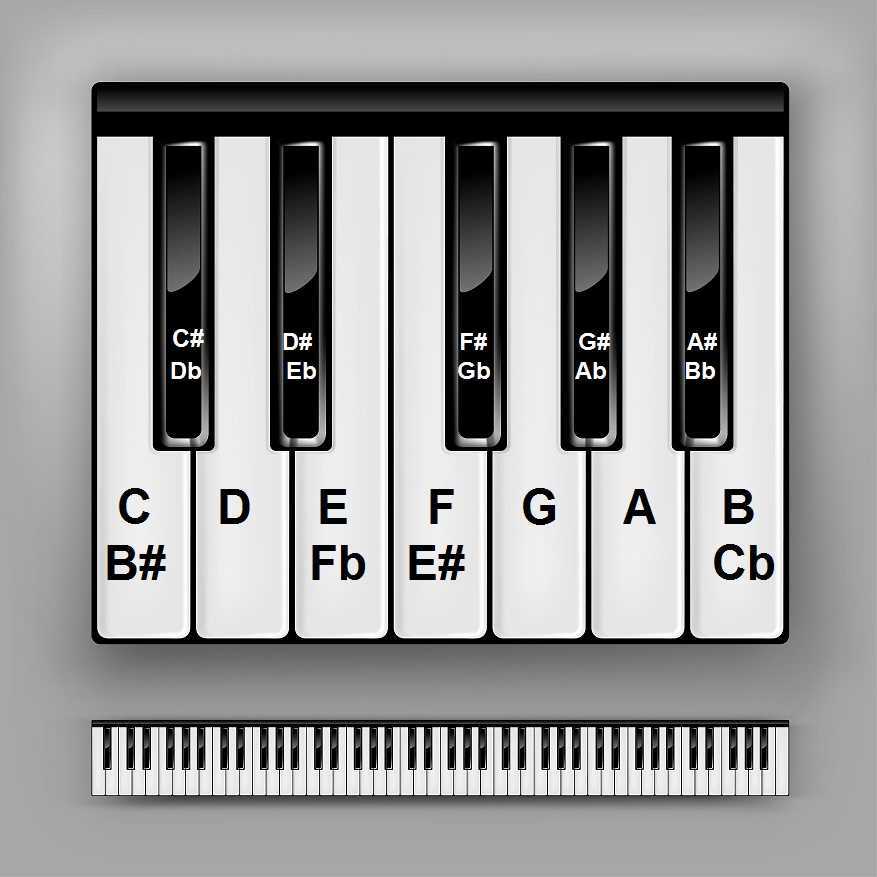

It cannot laugh, but it can smile it cannot howl, but it can at least grimace its crying.-Consequently only unusual characters and feelings can be brought out in this key. All languishing, longing, sighing of the love-sick soul lies in this key.Ī leering key, degenerating into grief and rapture. Its character is: innocence, simplicity, naïvety, children's talk.ĭeclaration of love and at the same time the lament of unhappy love. (See Piano's Ivory Cage) One of the most influential descriptions of characteristics shared in German-speaking cultures in the late 18th and early 19th century was from from Christian Schubart's Ideen zu einer Aesthetik der Tonkunst (1806):Ĭompletely Pure. When equal temperament became the dominant tuning after 1917, the aural quality of every key became the same, and therefore these affective characteristics are mostly lost to us. Although these characteristics were, of course, subjective, it was possible to conceive of each key as unique because each key actually sounded distinct within unequal temperaments. We lose a part of the meaning of their music if we are ignorant of their affective choices. When Mozart or Beethoven or Schubert wrote a piece in a Ab major, for example, they were well aware of this was the 'key of the grave' and knew that many in their audiences were as well. It was part of the shared cultural experience of those who made, performed and listened to music. (Remember they will always be in the same order.The association of musical keys with specific emotional or qualitative characteristic was fairly common prior to the 20th century. The best way to use these is to memorize how many sharps or flats go with each key and memorize what sharps or flats they are. While they are a useful tool, don't worry about them too much, the more you use them, the easier they get. That's pretty much it for key signatures. This D will remain natural until the next measure. When this happens, (such as using a D natural in the E example above) a natural sign will be placed next to that particular note in the music to show that it is not sharp. AccidentalsĪ song might use notes other than these.


These are the main notes the song will use. Then go back and fill in the sharps in the key signature:Īnd there you have it. If you see a song in 4 sharps, you can either use the chart or the above tip to figure out that it's E. Here's a way you can see which notes those are. So how can we use these key signatures? When we play in a particular key, we'll be using the notes from that scale. So if you see a Bb, Eb, and and Ab look at the second to last one (Eb) and there you have it. If it's a flat key, look at the second to last flat and there is your key. So if you see an F# and a C#, take the last one (C#) and go up a half step to D and there it is. If it's a sharp key, look at the last sharp and go up a half step and there is your key. However, you won't always have the chart with you, so here's a trick to help. Once you count the sharps or flats, you can find what key it is on the chart. If you see 5 flats they are Bb Eb Ab Db & Gb. If you see a song with 2 flats, they are Bb and Eb. If you see a song with 1 flat, it's a Bb. If you see 5 sharps, they are F# C# G# D# and A#. So when you see a song with one sharp it's going to be an F# every time. Order of Sharps: F C G D A E BOrder of Flats: B E A D G C F Here is the order in which these will be added. When we progress around the circle, we are adding or removing one sharp at a time or one flat at a time.


 0 kommentar(er)
0 kommentar(er)
